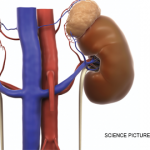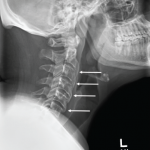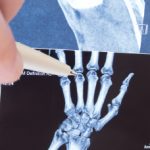A recent study found that clinical practice guidelines for osteoporosis screening vary in quality and recommendations—even within the same country. Assessing guidelines from 13 countries, researchers found osteoporosis screening standards have not improved over time and many fail to include patients in guideline development…






